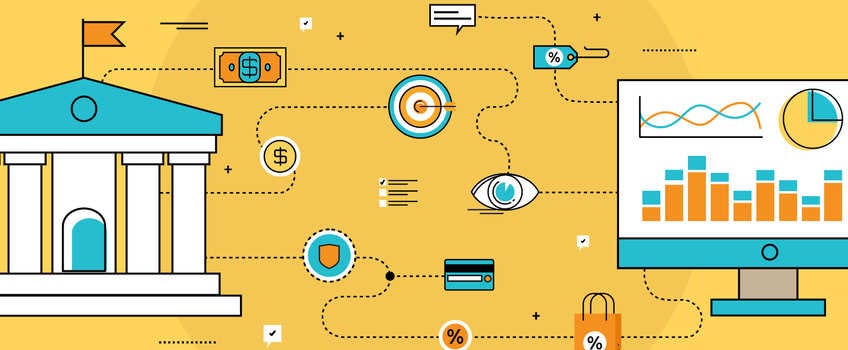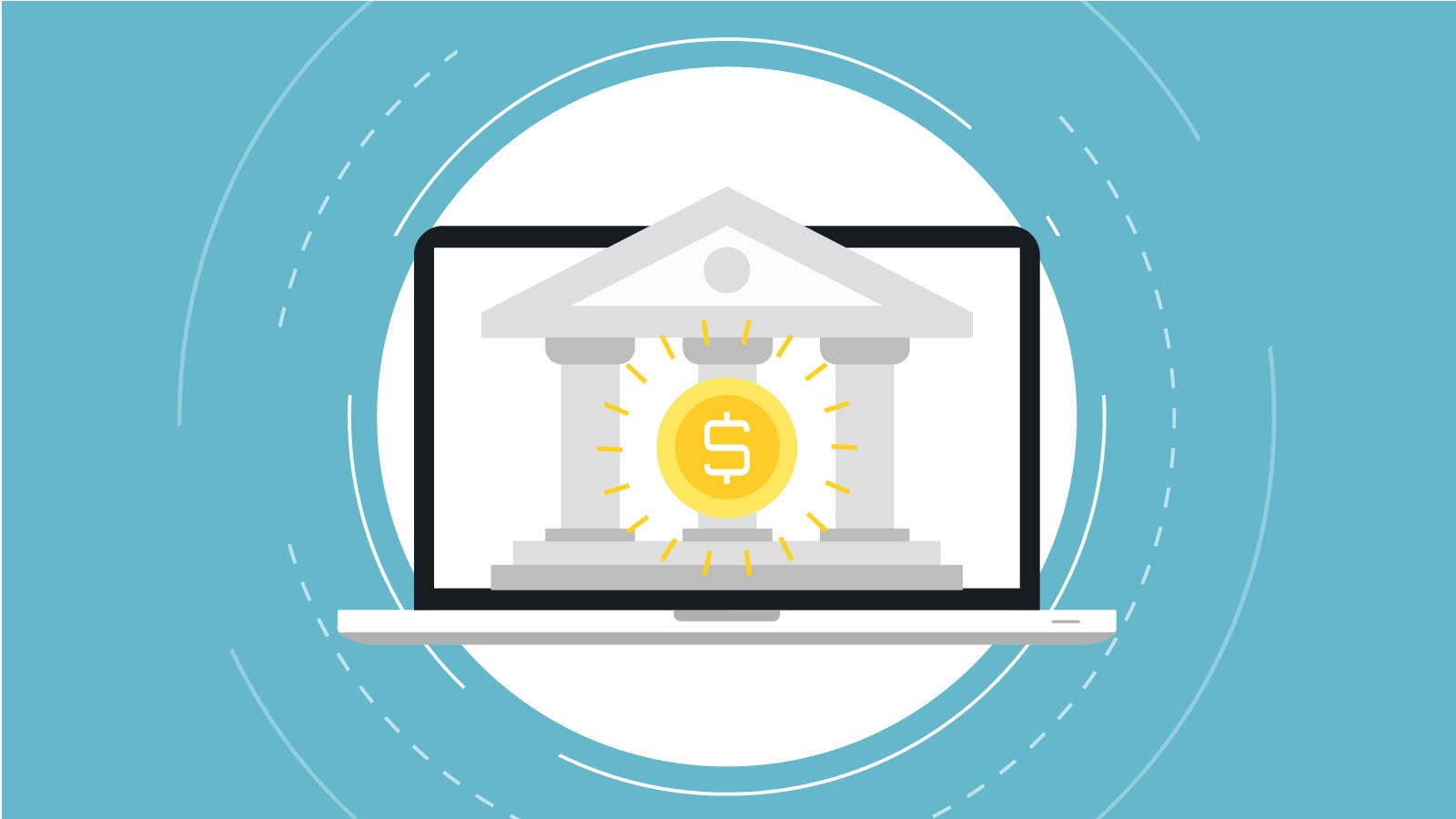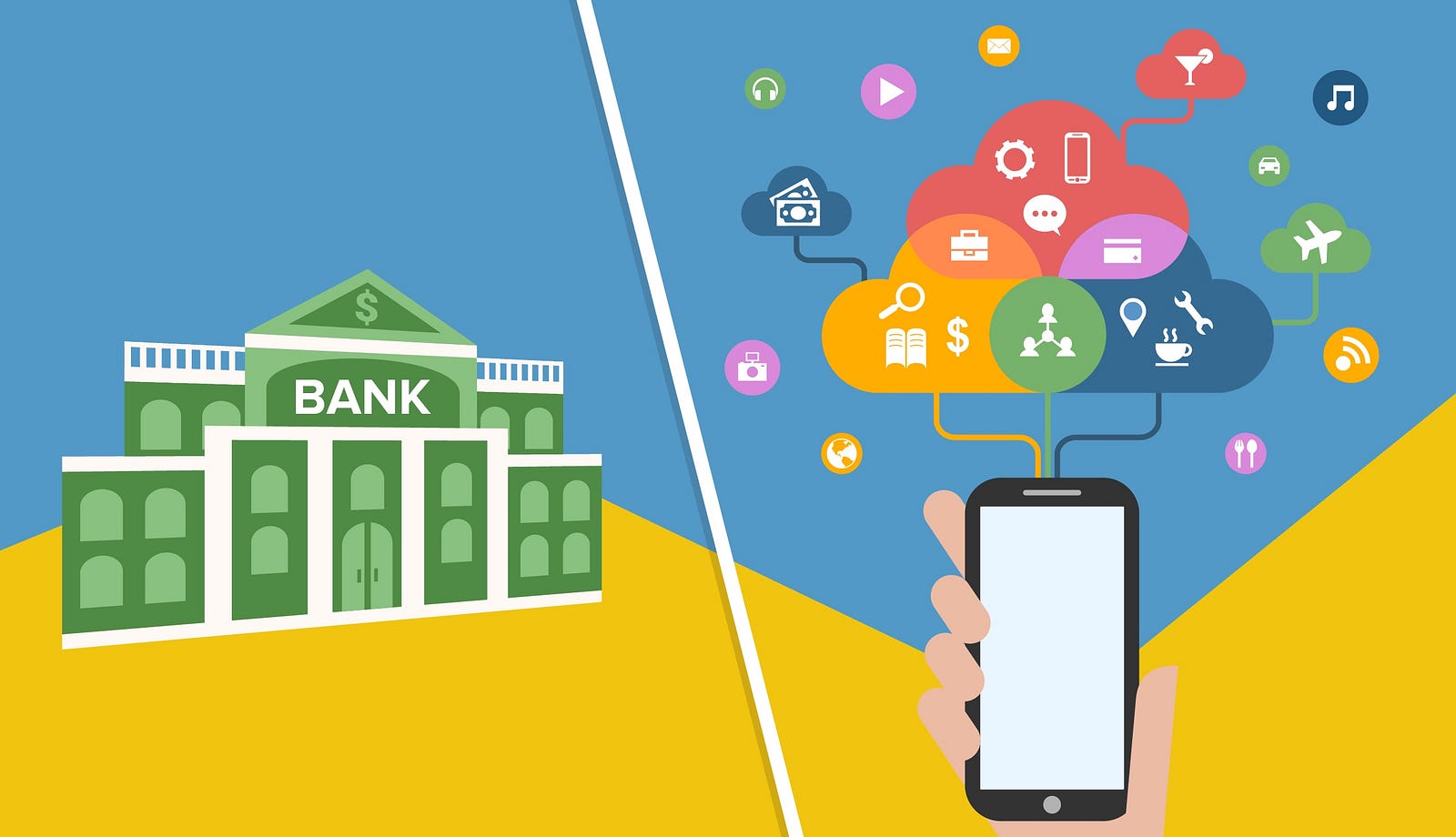Referred Link - https://www.inc.com/marcel-schwantes/6-ways-to-be-awesome-even-when-you-think-youre-just-average.html


If you've ever felt like you're just the average Joe or Jane, I have news for you. Anybody can be awesome.
Being awesome doesn't mean having off-the-chain leadership skills at work or killing it with your uncanny negotiation prowess.
Smart, talented, pretty, tall, charismatic, funny. If you know people like that, they're no more awesome than anyone else just because they have desired attributes.
Truth is, you can be awesome by choice the moment you step out of bed every morning. It's part of having a growth mindset, as espoused by psychologist Carol Dweck.
That's reaching a point where you don't mind or fear failure as much because you realize you can improve your work, relationships, leadership or performance simply by learning and picking up new habits. And learning comes from failure (more on that below).
6 unconventional ways to be an awesome person
If you want to learn a few new tricks that will elevate your average status to that of "awesome," try learning and adapting the behaviors of the most successful people on the planet.
1. Be awesome by showing resilience.
Things happen and we all experience setbacks and disappointments. That's why having a coping mechanism when facing hurdles or getting crushed is key to bouncing back.
Rather than avoiding our emotions, judging our thoughts, or rehashing the past, University of Nevada, Reno, psychologist Steven Hayes says the right way to cope is to accept your thoughts and feelings and view them with curiosity.
At the same time, says Hayes, think consciously about what you really care about in life, and how you want to be in the world. Then, organize your behavior around those values you've identified as near and dear to you.
2. Be awesome by failing forward.
Nobody likes to fail. Yet failure is the secret to success. If you haven't been rejected a number of times, the current mantra goes, you just haven't experienced success.
Sir Richard Branson, founder of Virgin Group, swears by this premise. At Virgin, they encourage and even celebrate failure. There's an underlying theme there that, without trying something new and failing, it's virtually impossible to innovate and grow.
The billionaire Branson says, "Do not be embarrassed by your failures. Learn from them and start again. Making mistakes and experiencing setbacks is part of the DNA of every successful entrepreneur, and I am no exception."
Wherever you are on your career path, it's time to acknowledge that failing is common, no matter how hard you try to avoid it. And that's awesome.
3. Be awesome by banning the small talk.
Ever walk into a networking event or cocktail party and all you hear is superficial chit-chat? The small talk is deafening and doesn't evolve into anything substantial. You can hardly stand not to elicit an eye-roll in between sips of your Mojito.
Questions like what do you do? and where do you live? are predictable and exhausting; commentary about the weather or last night's game fill up awkward moments as people size each other up to determine -- is this is someone I want to talk to?
As it turns out, the types of conversations you're engaging in truly matter for your personal wellbeing. In 2010, scientists from the University of Arizona and Washington University in St. Louis investigated whether happy and unhappy people differ in the types of conversations they have.
As published in Psychological Science, the happiest participants had twice as many genuine conversations and one third as much small talk as the unhappiest participants.
These findings suggest that the happy life is social and conversationally deep rather than isolated and superficial. The research has also confirmed what most people know but don't practice: surface level small talk does not build relationships
4. Be awesome by surrounding yourself with awesome people.
At a 2004 Berkshire Hathaway annual meeting, billionaire Warren Buffett told a 14-year-old from California one of the secrets to his success: "It's better to hang out with people better than you. Pick out associates whose behavior is better than yours and you'll drift in that direction."
Buffett taught a common-sense life lesson for all of us about absorbing the very qualities and traits of awesome and successful people further down the path than us -- people who have demonstrated skills and traits that will make us better leaders, workers, parents, and human beings.
5. Be awesome by learning to play an instrument.
Not only will picking up guitar, piano, or drum lessons make you more awesome, it'll make you smarter too in the long run. There is growing evidence that musicians have structurally and functionally different brains compared with nonmusicians.
The research suggests "the areas of the brain used to process music are larger or more active in musicians. Even just starting to learn a musical instrument can change the neurophysiology of the brain. The brain regions involved in music processing are also required for other tasks, such as memory or language skills."
6. Be awesome by saying awesome things to people at work.
When communicating with another human being, it's the words we choose that matter. In the context of conversations, there are certain undeniable phrases that, if we use them more often, will result in others perceiving us in a way that will build bridges and increase trust. For example:
- "I can't tell you how much [something performance-related] meant to all of us."Acknowledging others for doing a challenging task or for their specific work performance is critical for human motivation. We need to show fellow co-workers that we do pay attention and that their hard work is on our radar screen. So go ahead -- praise their work but make sure you're attaching the praise to a specific work performance to make it that much more impactful.
- "Can I get your advice on this?" There's this false notion that people who ask for advice are perceived as less competent. To the contrary, research has linked people that ask for advice to being perceived as more competent. It demonstrates humility, a leadership strength that builds trust with others.
- "I'm happy to see you!" Often used as a greeting phrase, when done with the proper and enthusiastic voice tone and body language it's packed with deeper meaning that positively elevates the other person (and makes you look and feel awesome). It communicates, "You matter, and I value your presence."

















